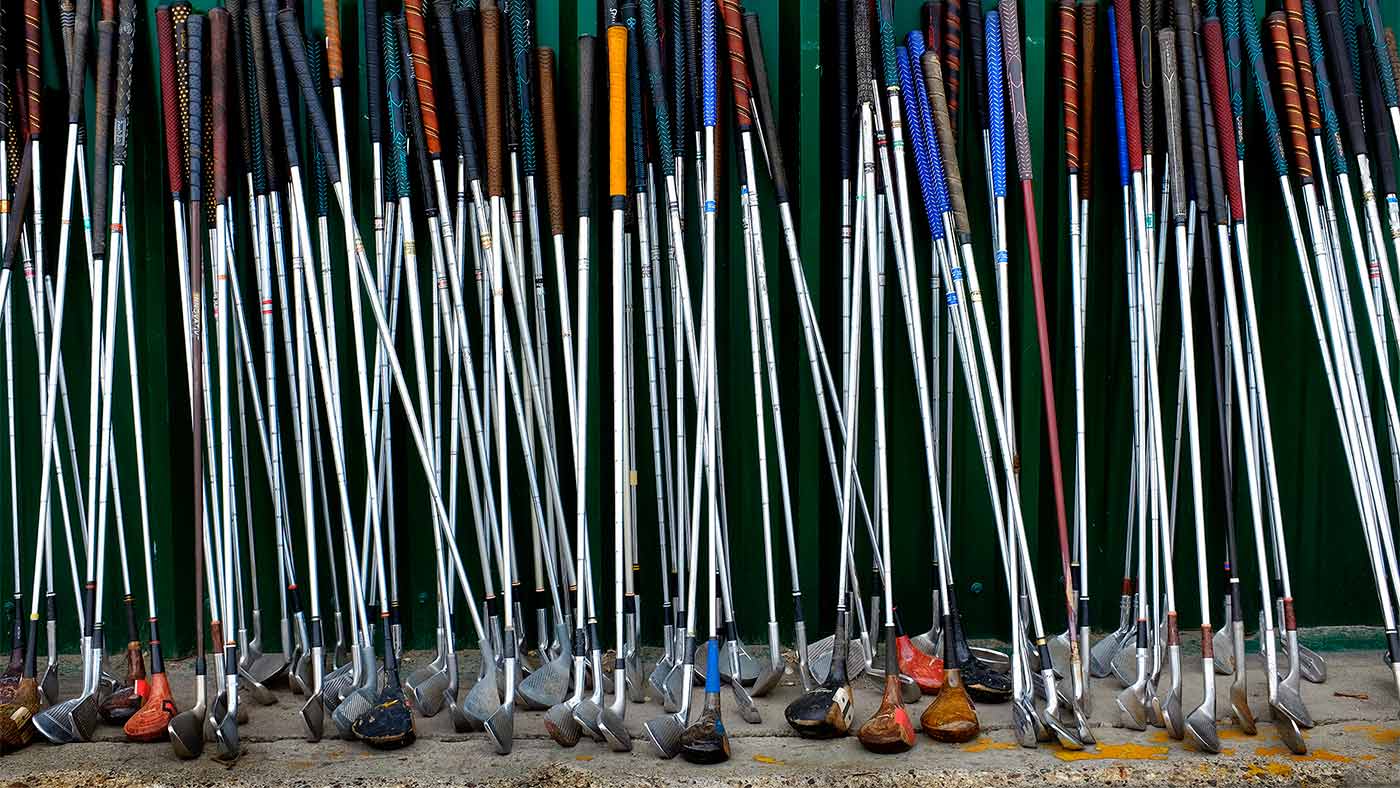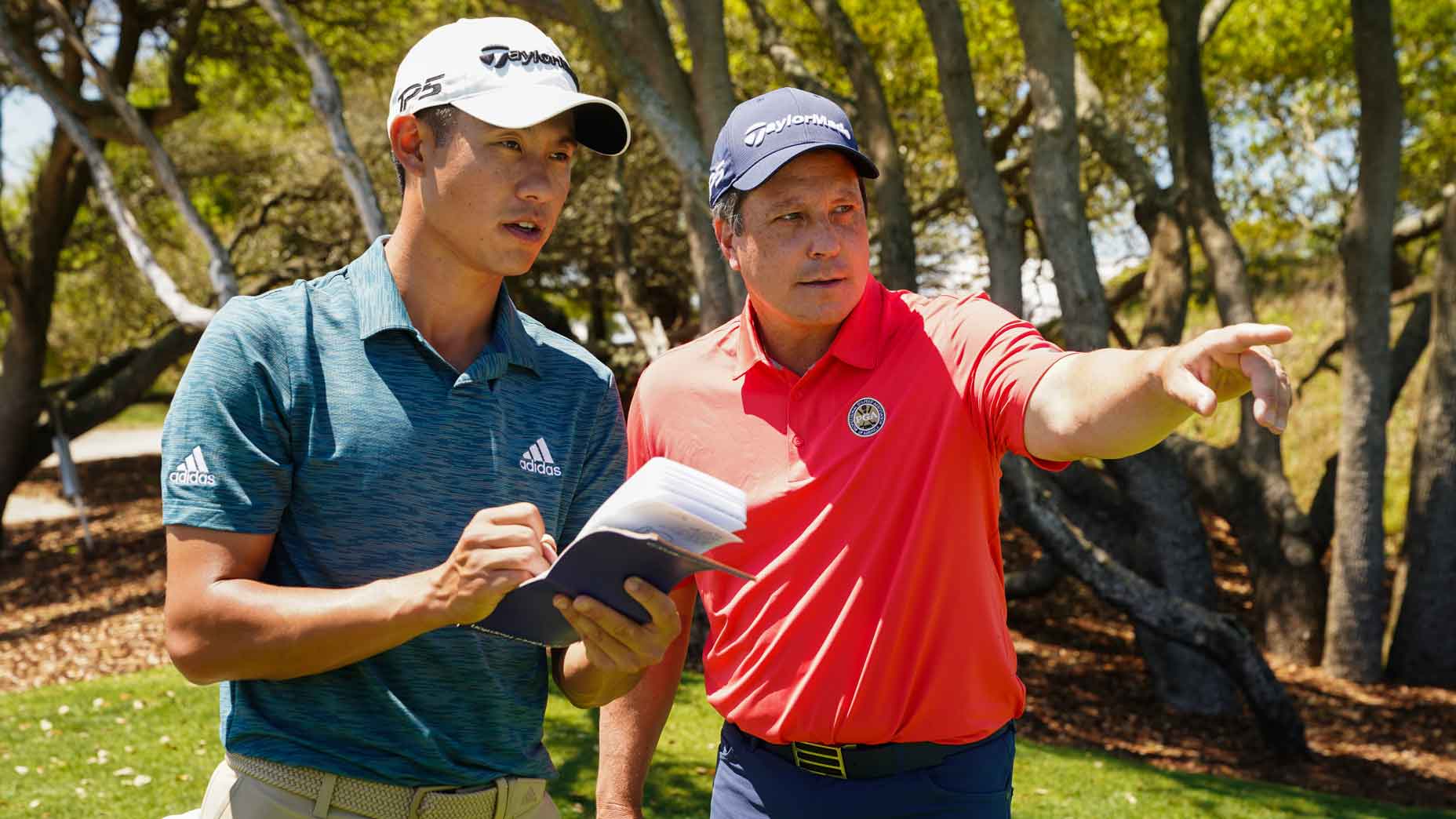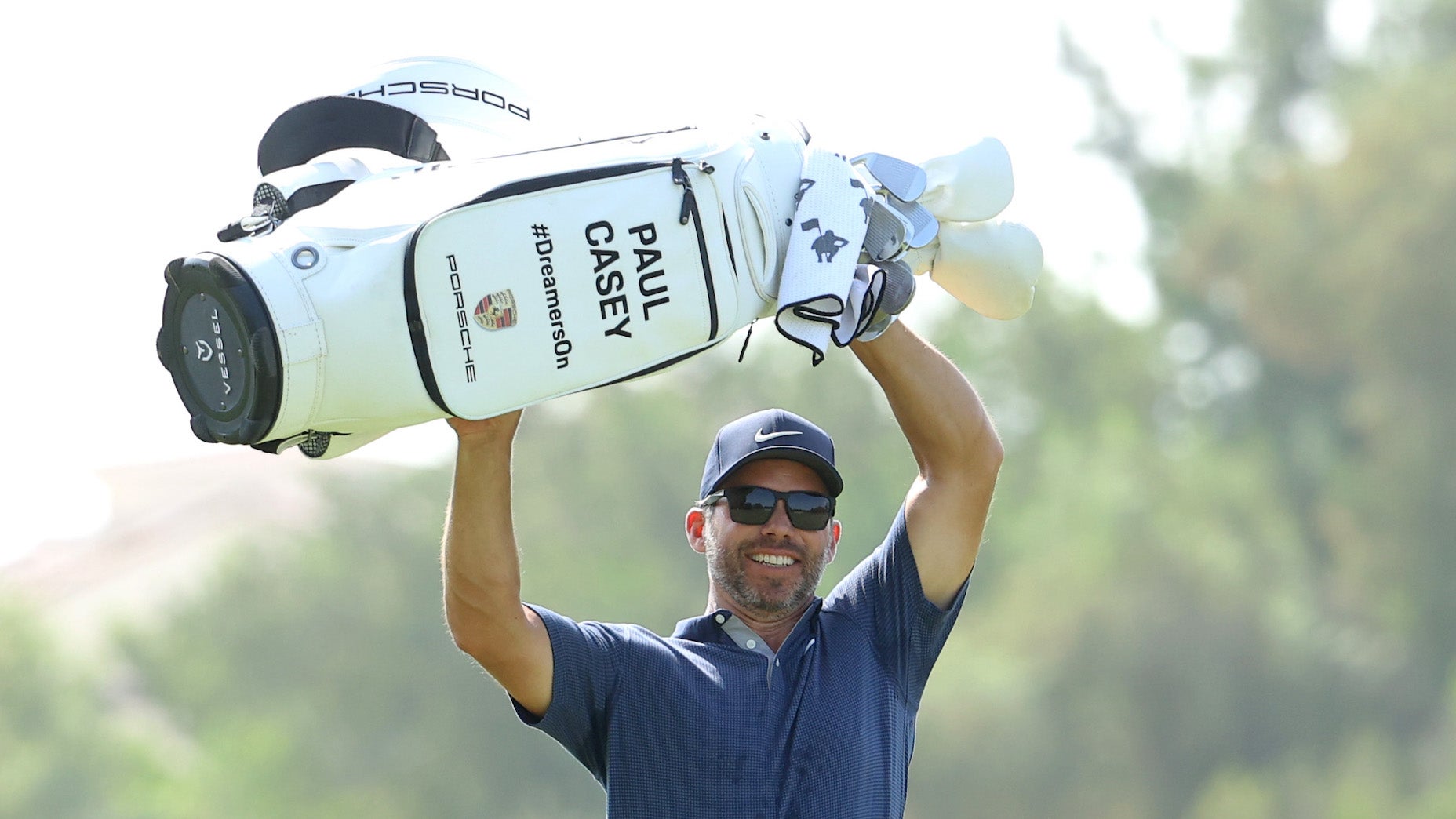
A driver, two fairway woods, a 4-9 iron set, four wedges and a putter tops the list
Getty Images
Golfers tend to think a lot about what clubs they use. The newest models from the various brand names, and all the specifications around the new tech. But they don’t always stop to think about which clubs they should use.
Most golfers need the basics (a driver, putter, wedge, irons, etc.) but often that’s when the creativity runs out. Which is a shame, because often the best way to get the best out of one specific club is to complement it with astute selections around it. Pros know this well: They’re constantly tweaking which clubs make their way into the bag each week, depending on different weather and course conditions.
But what’s the most common set makeup among the pros? With some of golf’s biggest names rolling through the European Tour’s DP World Tour Championship last week, the European Tour’s official equipment survey SMS broke it all down and shared the results on Instagram.
Here’s what they found.
What clubs tour players use
26 percent of tour players use a driver, two fairway woods, an iron set starting at a 4-iron, and four wedges, which makes it the most common setup on tour.
23 percent of players, according to SMS, have almost the same set make up, but have just one fairway wood instead of two, and in its place have either a utility iron or a hybrid.
The next group of players, about 16 percent, have three wedges in their bag, commonly a pitching wedge, 54 degree and 58 degree, rather than a pitching wedge, gap wedge, sand wedge and lob wedge.
The remaining 25 percent of players have a smattering of other combinations, usually around the top of their iron set: Some opt for a 3-iron, others for more hybrids in place of their long irons.
What clubs should you use?
As for what you should use, the answer, somewhat unsatisfactorily, is that it depends. It all has to do with plugging in the gaps of what you need. But there are a few universal thing every golfer needs to consider:
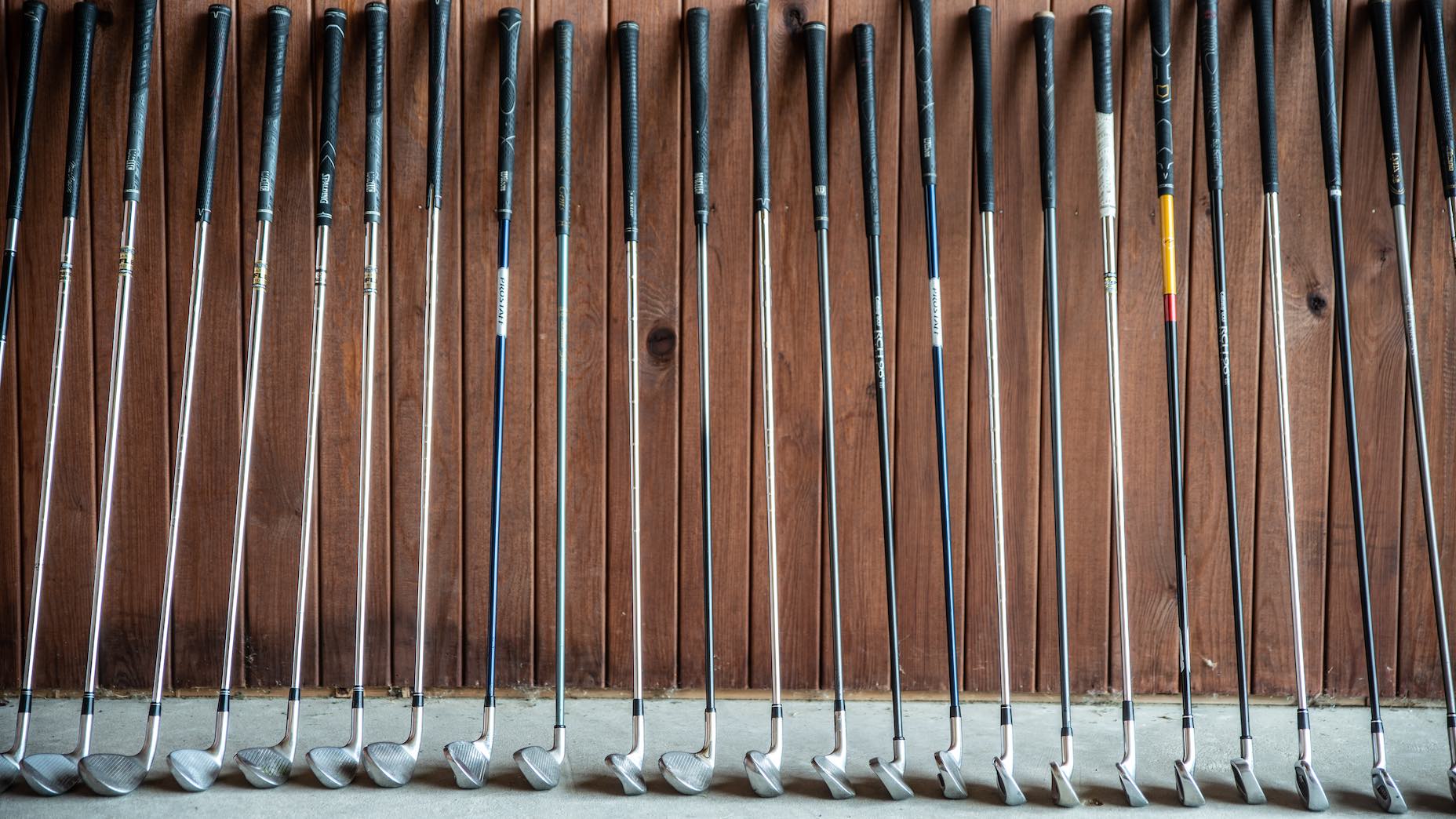
1. Find your gaps
If you haven’t heard of “gapping” before, you should learn up on it ASAP. Gapping is, simply put, the distance gap between each of your clubs. It should be relatively consistent through the bag. If there are big gaps between some of your clubs, that’s a good sign you need to re-jig your set makeup.
2. Specific roles for fairway woods
To answer the question of how many fairway woods you should carry, you should first ask yourself where you plan to use them the most. Pros, generally, look for their longest non-driver clubs to play specific roles: One off the tee for the holes where driver is too tight, and another to use from the fairway for approaches into long par-5s. Whether that comes in the form of two fairway woods or one fairway wood and a driving iron depends on the conditions you generally play in, and your performance with each.
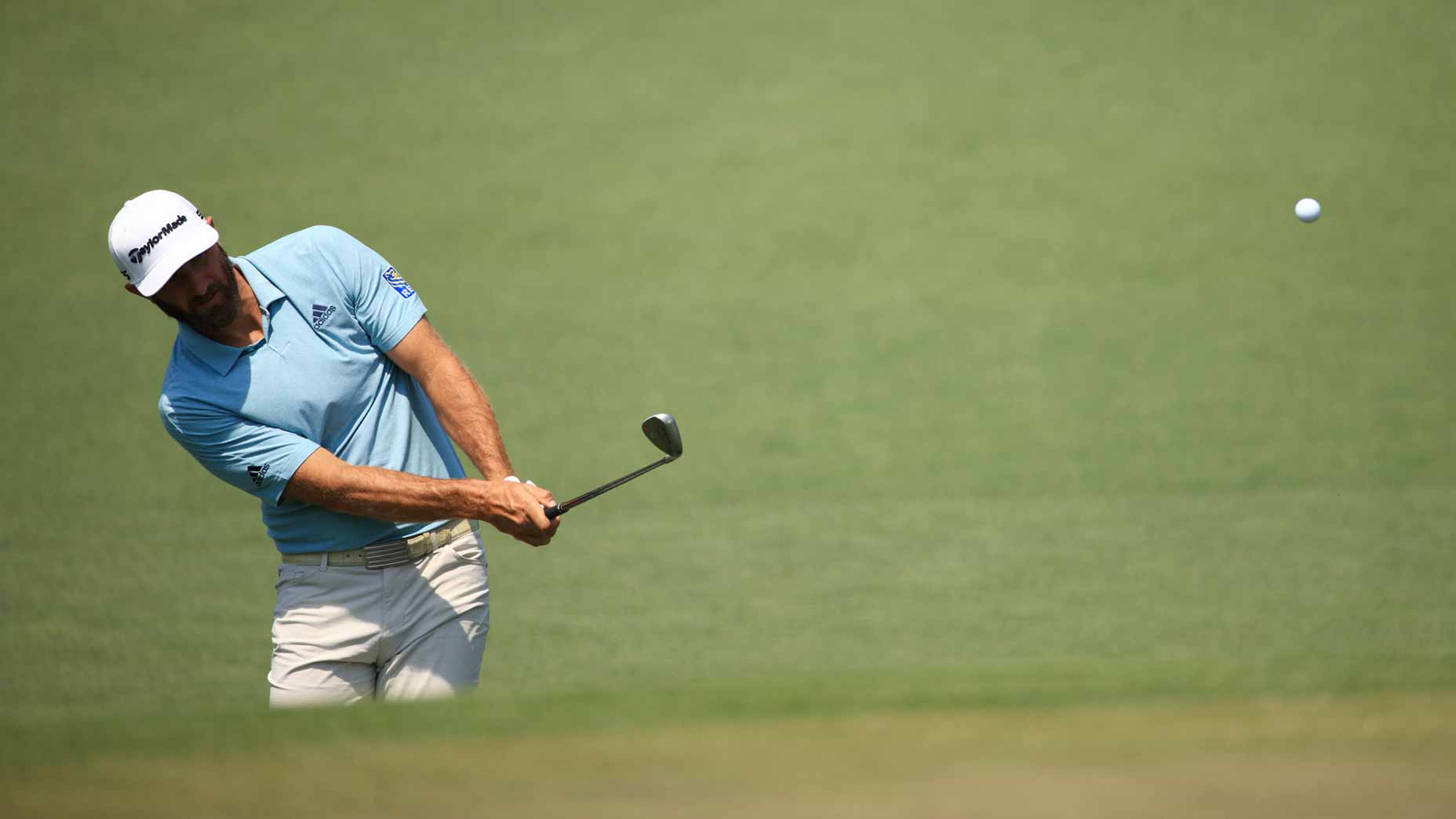
3. Versatility with wedges
Whether it means carrying three of four wedges, your highest-lofted clubs should give you across-the-board versatility. That means you should be equally comfortable using them for full wedge shots, pitch shots, or finesse shots close to the green. Dustin Johnson has a particularly interesting three-wedge setup in this regard: A pitching wedge and 52 degree, which he uses for wedge shots, then a 60 degree wedge, which he uses almost exclusively around the greens.


